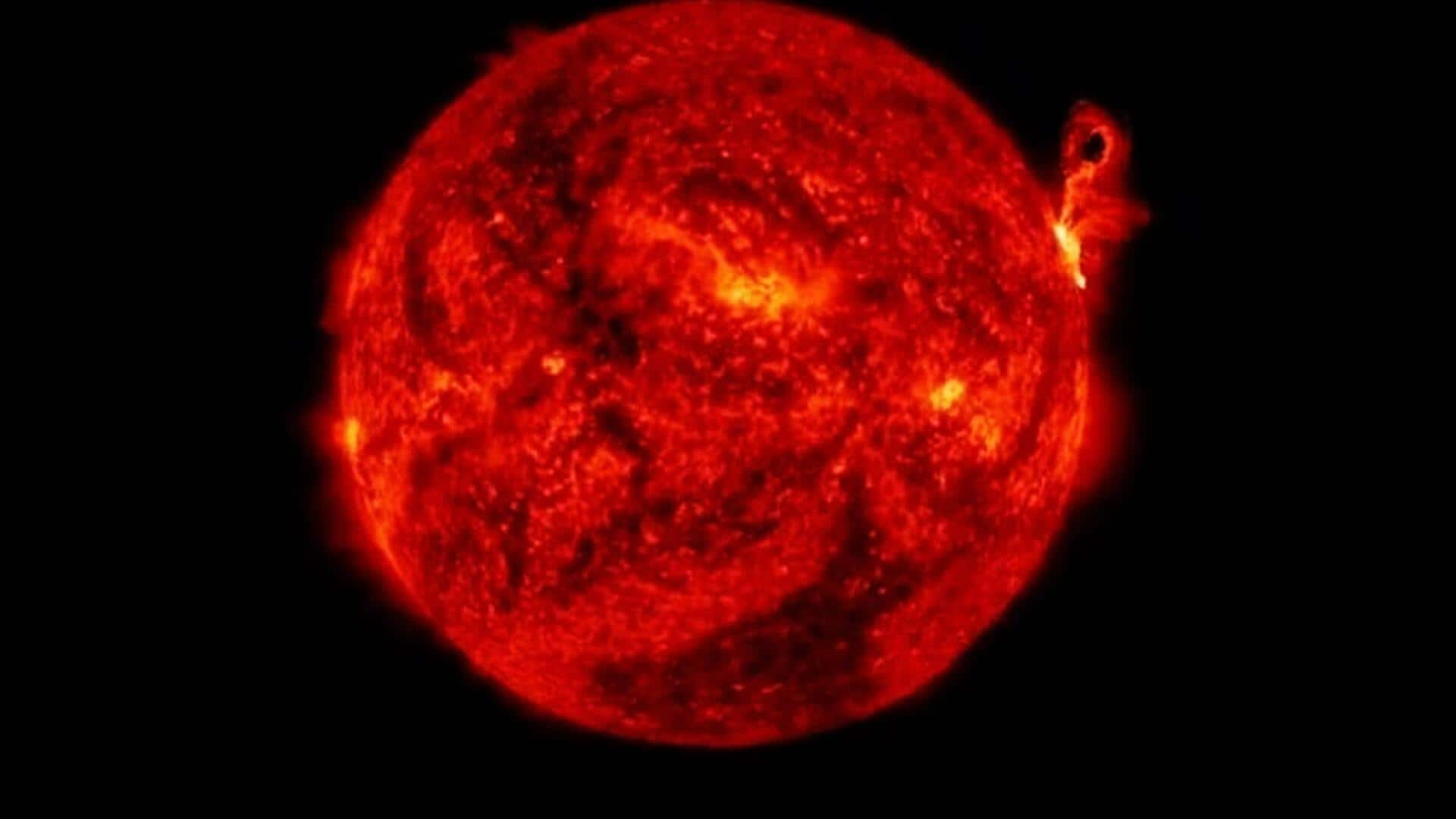
The solar cycle of the Sun lasts approximately 11 years. The 25th solar cycle, which is what we are presently experiencing, is predicted to peak in 2024 and be known as the solar maximum. Researchers believe that the forthcoming solar maximum will be significantly more powerful than first anticipated, a year earlier than initially predicted. The Sun transitions from a relatively peaceful state, known as the solar minimum, to an energetic and turbulent state, known as the solar maximum, throughout the course of its 11-year cycle. Similar steps are taken again and again. The magnetic poles of the Sun, however, flip during solar maximum, moving the north pole into the south pole and vice versa.
The Sun’s magnetic field becomes entangled as the solar cycle goes on, with certain regions becoming more magnetized than others. The magnetic field eventually diminishes, increasing solar activity. When this magnetic energy is released, it causes solar flares, which are extremely bright radiation bursts. Coronal mass ejections (CMEs), which move quickly, can occasionally accompany flares. Why are solar cycles usually 11 years long? We are not completely certain about that yet. From 1755 through 1766, astronomers tracked the first solar cycle. According to NASA, the current 25th solar cycle began in December 2019.
The frequency and magnitude of solar flares are crucial indicators of solar maximum
Sunspots, regions of the Sun that look darker because they are cooler than the surrounding surroundings, are one way astronomers keep track of solar cycles. The magnetic field of the Sun is the strongest at sunspots. Scientists discovered 143 sunspots in January compared to 63 expected by NASA. This is an essential sign that the solar maximum is getting closer. The frequency and magnitude of solar flares are crucial indicators of solar maximum. There are five categories for solar flares: A, B, C, M, and X. Each class is around ten times more powerful than the one before it. The number of C- and M-class solar flares in 2022 was five times higher than in 2021. Additionally, more X-class flares were observed in the first half of 2023 than in all of 2022.
Geomagnetic storms, which are disturbances in the Earth’s magnetosphere caused by solar wind or CMEs, can also be brought on by solar flares. The thermosphere, the second-highest layer of Earth’s atmosphere, has experienced its highest temperature in the past 20 years as a result of the increase in geomagnetic storms that have impacted our planet this year. How hazardous may solar storms therefore be? Solar storms have the potential to ionize Earth’s upper atmosphere, which can have an effect on satellites in Earth’s orbit and either cause them to collide or lose their orbit. These storms’ radiation may potentially be dangerous for astronauts and spacecraft. Power grids and long-range radio and communication networks can be hampered by intense storms.
